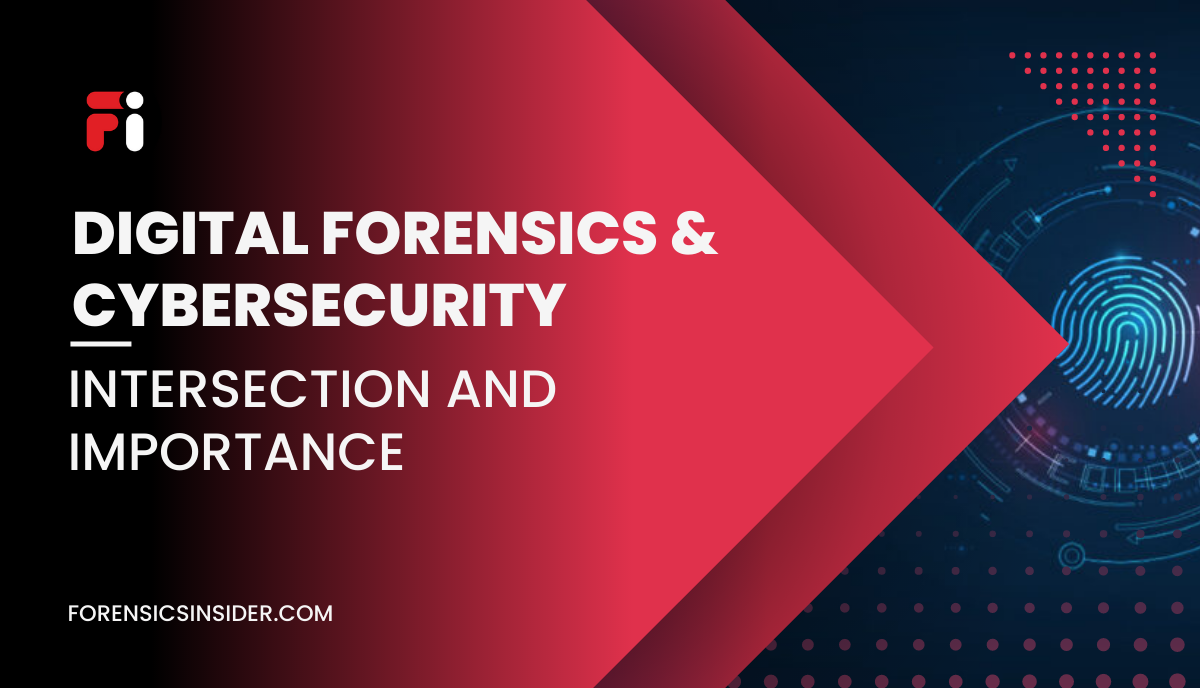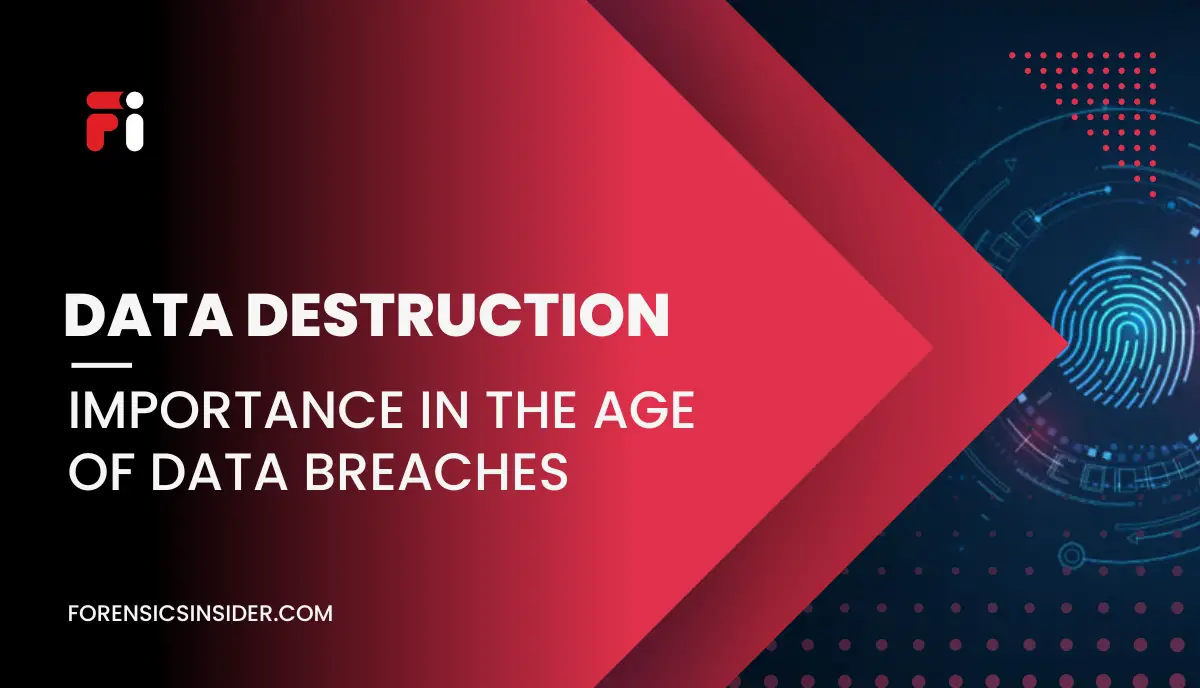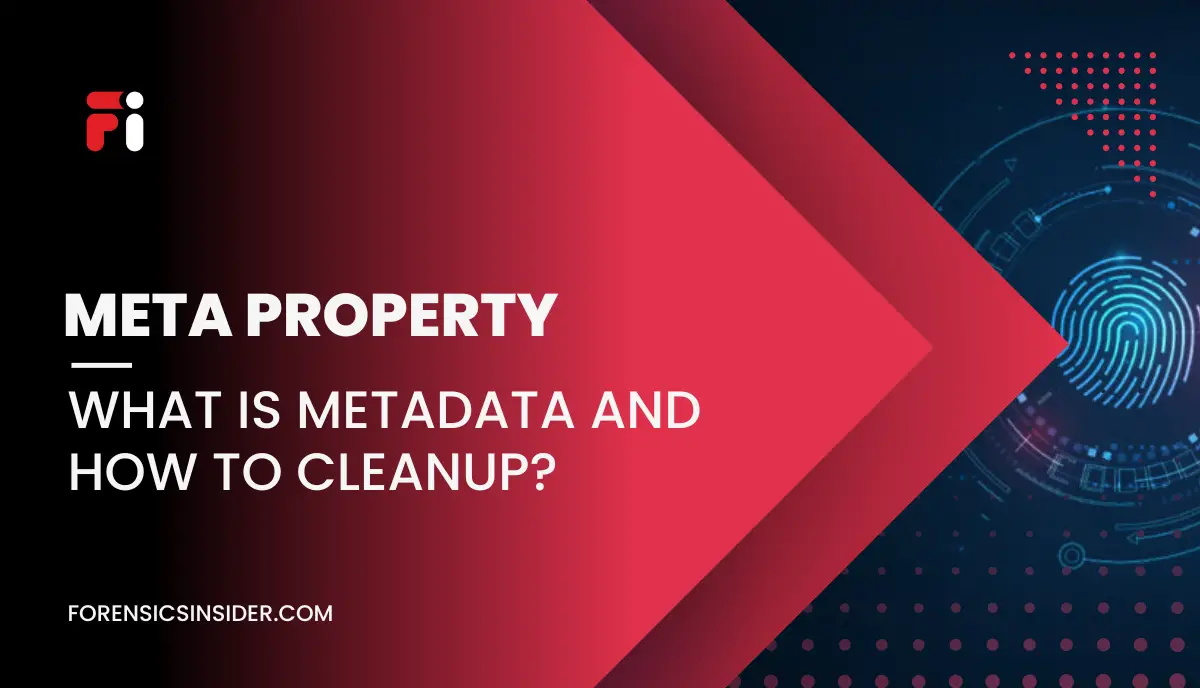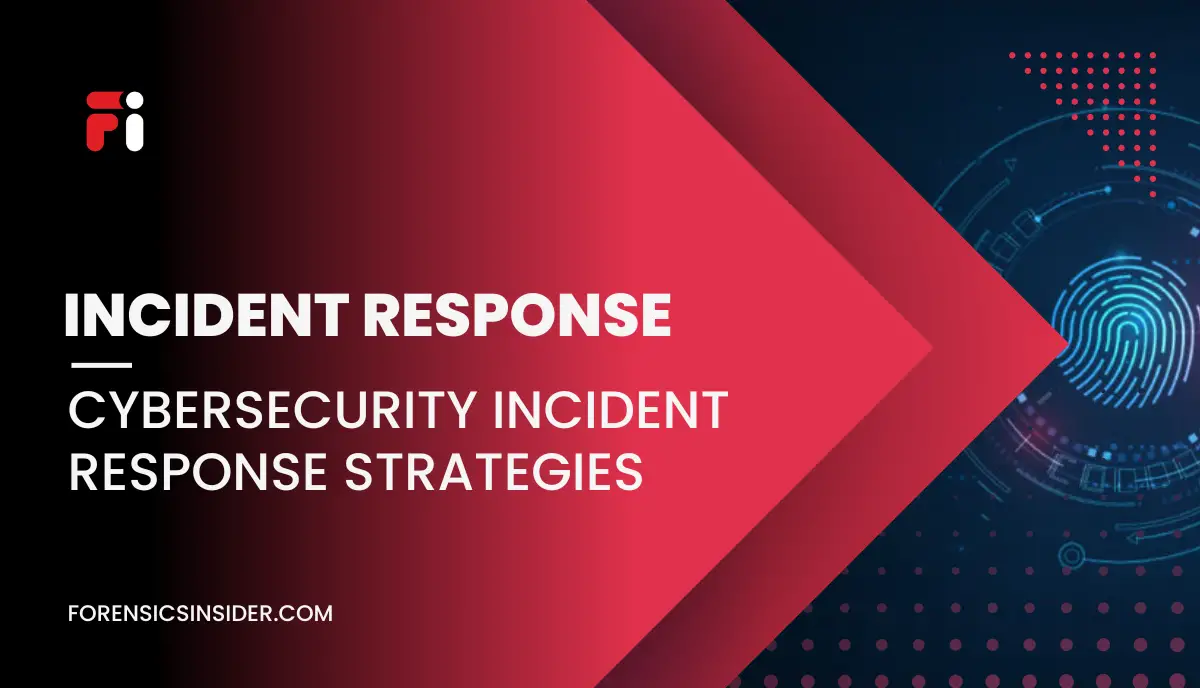Digital Forensics and Cybersecurity are two interrelated disciplines that play a critical role in protecting modern organizations against cyber threats. While cybersecurity is concerned with the prevention, detection, and response to cyber-attacks, digital forensics deals with the investigation, analysis, and presentation of digital evidence in a court of law.
Digital forensics and cybersecurity share a common goal of protecting an organization’s digital assets, but they approach it from different perspectives. Let us discuss in deep about their approach, intersection, and importance.
Digital Forensics and Cybersecurity: An Interrelated Relation with Different Approach
Digital forensic focuses on analyzing evidence digitally after an attack has occurred, while Cybersecurity focuses on preventing attacks and securing systems. In general word, cybersecurity is about protecting the digital asset, while digital forensic is about investigating incidents after they happen.
The relationship between digital forensic and cyber security can be seen as complementary. The intersection of digital forensic and cyber security is crucial because digital forensics plays a critical role in the investigation of cyber security incidents. In the event of a cyber-attack, digital forensics investigators can collect and analyze digital evidence to identify the attacker. It determines the effect of damage and protects the organization for the future.
Moreover, digital forensic can also inform cyber security strategies. The insights gained from digital forensics investigations can be used to identify weaknesses in an organization’s cybersecurity measures and to inform improvements that can prevent similar incidents from occurring in the future.
Digital forensic & cybersecurity are two sides of the same coin. Both disciplines are critical in protecting modern organizations from cyber threats, and a strong understanding of their intersection and importance is essential for organizations looking to protect their digital assets.
Why Understanding the Intersection is Important of Cybersecurity & Digital Forensics?
In today’s digital age, cybersecurity is a crucial concern for the organization of all sizes to protect their data from cyber threats. However, it is not alone enough to protect against cyber threats. Digital forensics is also an essential discipline that plays a vital role in protecting your organization from data theft. Understanding the intersection between digital forensics and cybersecurity is crucial for organizations to effectively protect their digital asset. It is important for several reasons:
1. Effective Incident Response
When a cyber-attack occurs, a quick and effective response is essential to minimize the damage caused. It can inform incident response plans that include digital forensics procedures. This can help organizations respond quickly and effectively to minimize the damage caused by an attack.
2. Better Cybersecurity Measures
This Intersection can help inform better cybersecurity measures. Digital forensics investigations can identify weaknesses in an organization’s cybersecurity measures and inform improvements that can prevent similar incidents from occurring in the future.
3. Legal and Ethical Consideration
Digital forensics investigations may involve the collection and analysis of personal data, which can raise legal and ethical concerns. Effective cybersecurity practices must take into account legal and ethical considerations related to digital forensics investigations, such as privacy laws and the handling of confidential information.
4. Continuous Improvement
It can inform continuous improvement efforts. The insight gained from digital forensics investigations is used in cybersecurity measures. It is used to identify weaknesses and suggests safety measures to prevent these incidents from occurring in the future.
5. Cost-Effective Solution
It help organizations implement cost-effective solutions. By understanding the risks and vulnerabilities attached to cybersecurity, organizations implemented targeted and effective cybersecurity measures. It can prevent incidents from occurring and reduce the cost of dealing with cyber-attacks.
Future Aspects of Digital Forensics and Cybersecurity
The increased sophistication of cyber-attacks is one of the biggest challenges facing the digital forensics vs cybersecurity fields. Cybercriminals are becoming more sophisticated and using advanced techniques to evade detection and steal valuable data. Here are some examples of how cyber-attacks are becoming more sophisticated:
1. Advanced Persistent Threats (APTs)
APTs are a type of cyber-attack that is designed to infiltrate a system and remain undetected for an extended period. APTs use advanced techniques, such as social engineering and spear-phishing, to gain access to sensitive data.
2. Ransomware
A form of malware known as ransomware encrypts a victim’s data and demands money in exchange for the decryption key. Ransomware attacks have become increasingly sophisticated, with attackers using advanced encryption techniques and leveraging zero-day vulnerabilities to evade detection.
3. Supply Chain Attacks
Supply chain attacks involve infiltrating a third-party vendor that provides software or services to an organization. Attackers can use this access to gain entry into an organization’s systems and steal valuable data. These attacks can be difficult to detect and prevent, making them a significant challenge forensics professionals.
4. Fileless Malware
Fileless malware is a type of malware that does not rely on a file to infect a system. Instead, it uses legitimate tools and processes to infect a system and remain undetected. This type of malware can be challenging to detect and remove, making it more challenging for professionals.
5. Zero-Day Vulnerabilities
Software flaws known as “zero-day” vulnerabilities are those that neither the vendor nor the general public is aware of. Attackers can exploit these vulnerabilities to gain access to a system and steal valuable data. Zero-day vulnerabilities are difficult to detect and prevent.
Conclusion
The digital landscape of contemporary society is crucially dependent on digital forensics and cybersecurity. Because of our escalating reliance on technology and the internet, there is a greatly increased risk of cyber threats and attacks. Having an understanding of the intersection is crucial to safeguard you and your organization from cyber threats. Hope this article will help you to understand the term better.





